The coast of Texas is sheltered by barrier islands, and Padre Island is the longest island at 113 miles. The sand is hard packed and easily navigable by foot, bicycle or vehicle, which means you can drive for miles at the edge of the gulf. We heard about an area 25 miles south of where we were parked, where the currents bring in lots of shells. The area was called, appropriately, Little Shell Beach and Big Shell Beach and was a fun place to visit. About this same time, we discovered that another couple from Montana (the first MT folks we had seen in Texas) was parked near us. We decided to take our two vehicles to find shells. We timed our trip so that the tide was out mid-day and the weather was nice, and off we went.
This is why we took two vehicles:
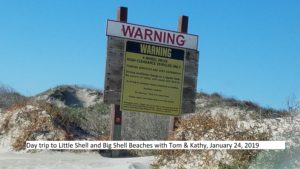 It was a gorgeous day and the beach did have a few soft spots and some beached logs to navigate around, but it was a great day for an adventure. After a few miles we were the only people on the beach.
It was a gorgeous day and the beach did have a few soft spots and some beached logs to navigate around, but it was a great day for an adventure. After a few miles we were the only people on the beach.
The beach area this far south is not maintained and so we found all kinds of interesting debris.
At around 25 miles, we started to notice we were driving on a crunchy surface and that told us we had arrived at our spot. The area was amazing; the beach was pretty much covered with layers of small shells and pieces of polished shells.
We did find some Big Shells as well.
Bruce flew the drone to capture some nice shots.
We stayed a few hours, picked up shells, ate our lunches and then headed back. On the way back, the tide was already coming in and we had to drive through water in a couple of spots. Time to end our adventure!
The end of January brought to an end our stay on Padre Island and we moved into Corpus Christi to take care of the necessary things in life. Tom and Kathy (our new MT friends) joined us for a tour of the USS Lexington:
We also had a great day at South Texas Botanical Gardens, where we got to see gorgeous flowers and feed and meet all kinds of resident parrots:
We got to pet their resident iguana, who loves to have his sides scratched.
A chance conversation with a local biologist, who told us that more of the tropical birds could be found further south, determined where we headed next. South we went!
First stop was Arroyo City, where we parked along Arroyo Colorado. Tom and Kathy followed and we enjoyed several pleasant evenings sitting outside on our lawn chairs and watching the fireflies around us. The Arroyo was used as a shipping channel and a fishing area so there was always something to watch.
We were parked a few miles outside of Laguna Atascosa Wildlife Refuge and we visited there for several days. We hiked some of the trails, took their guided tram tour and thoroughly enjoyed the blind at the bird feeding station. It is there that we first saw Green Jays, Altamira Orioles, Groove-billed Anis and so many more colorful birds. Cardinals also became a part of our time in the south, they are very plentiful and stay mostly hidden, but have a distinctive call that we came to instantly recognize when we heard it.
Male and female Cardinals, Long-billed Thrasher and a Green Jay are the last 4 pictures.
We also saw alligators and one that was having a bird for lunch
The thick brush is full of birds and that has drawn in bobcats and rare ocelots, who make their home there as well. We were lucky enough to spot a bobcat walking on the same path we were on during one of our hikes.
Kathy and Tom headed to Montana at this point, but we stayed here a bit longer and then headed even further south on the Gulf.
More to follow.

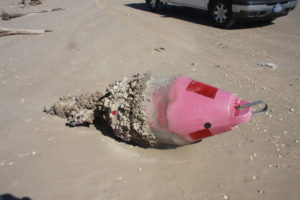
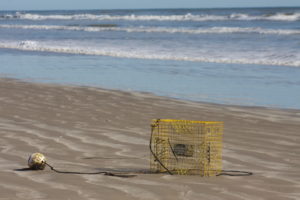
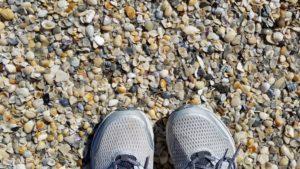
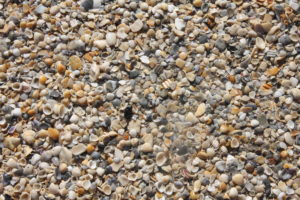
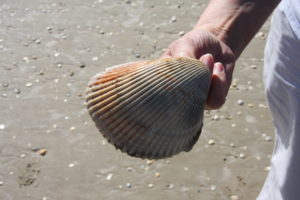
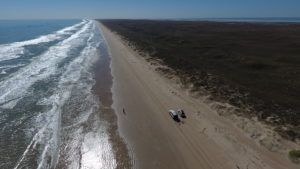
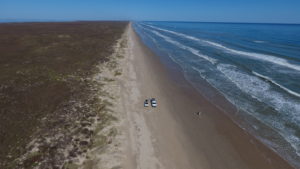
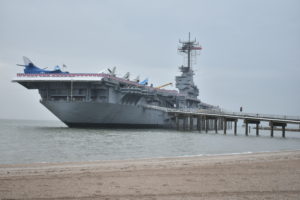

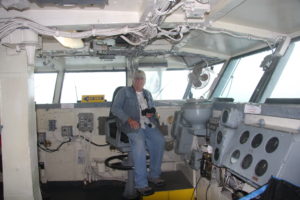

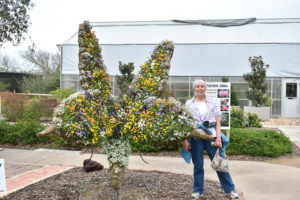
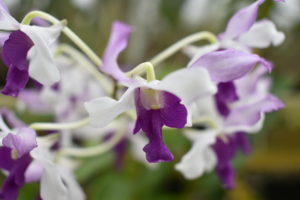
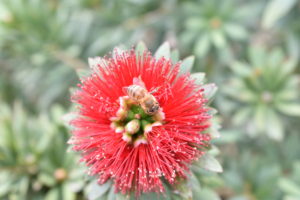

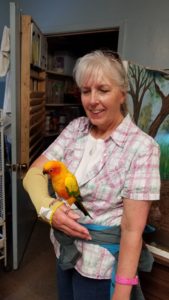
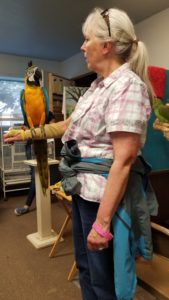
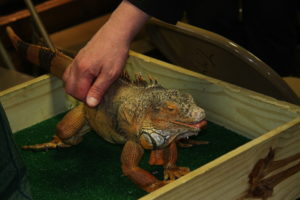
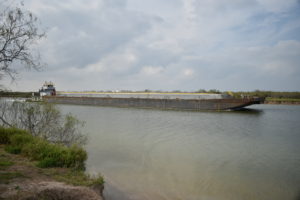
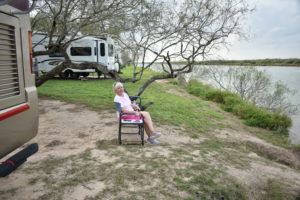
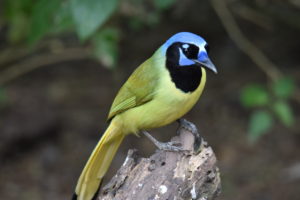
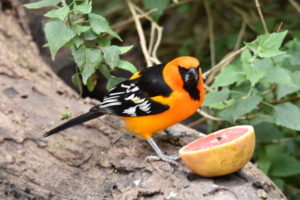
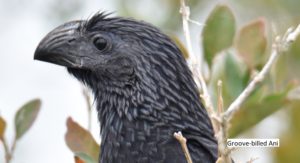

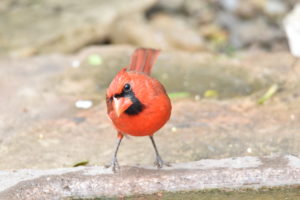
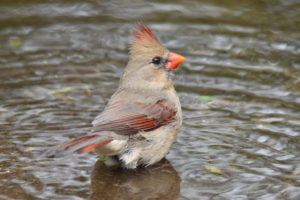
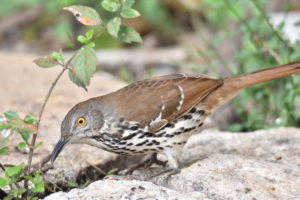
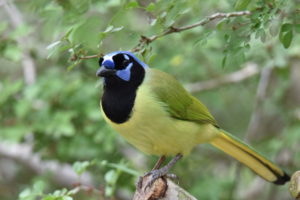
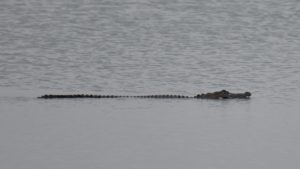
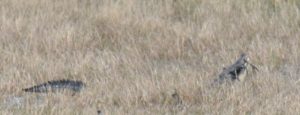
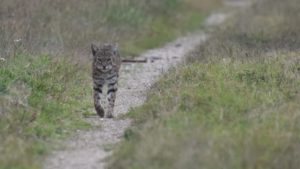
Your pictures capture the moments! Missing the beach and the MT friends! Thanks for sharing.